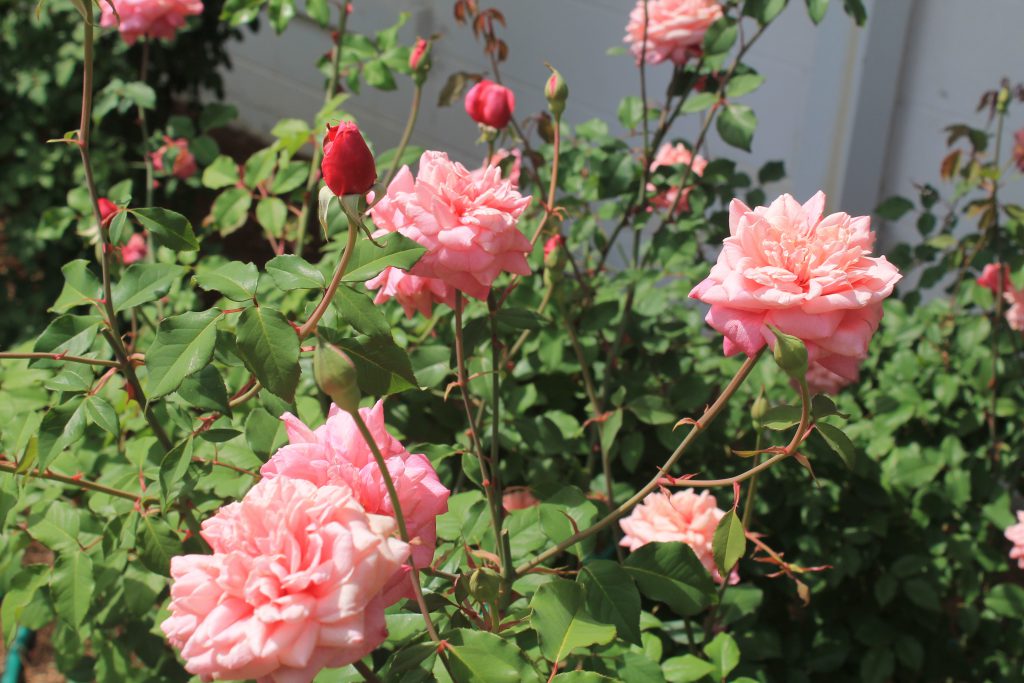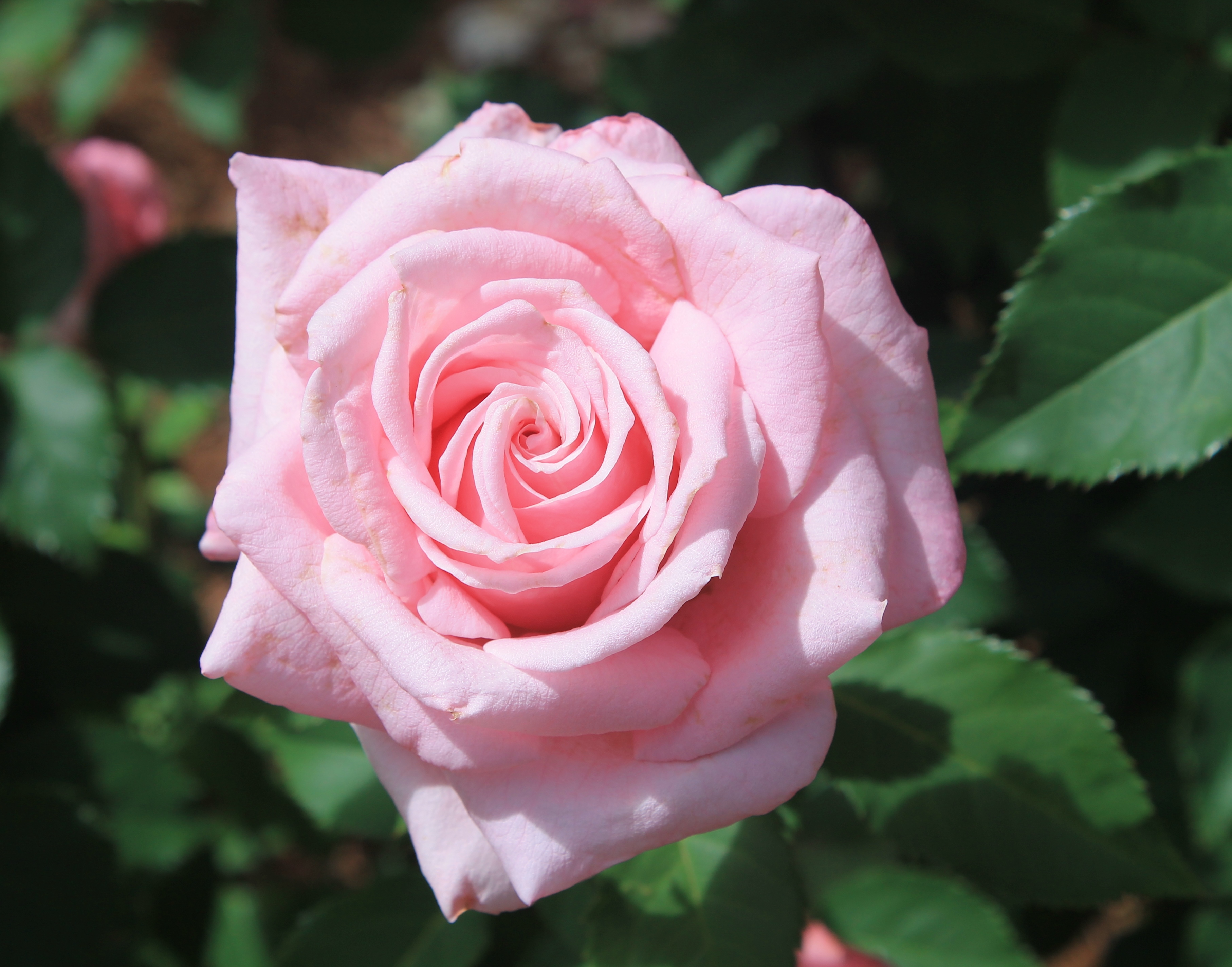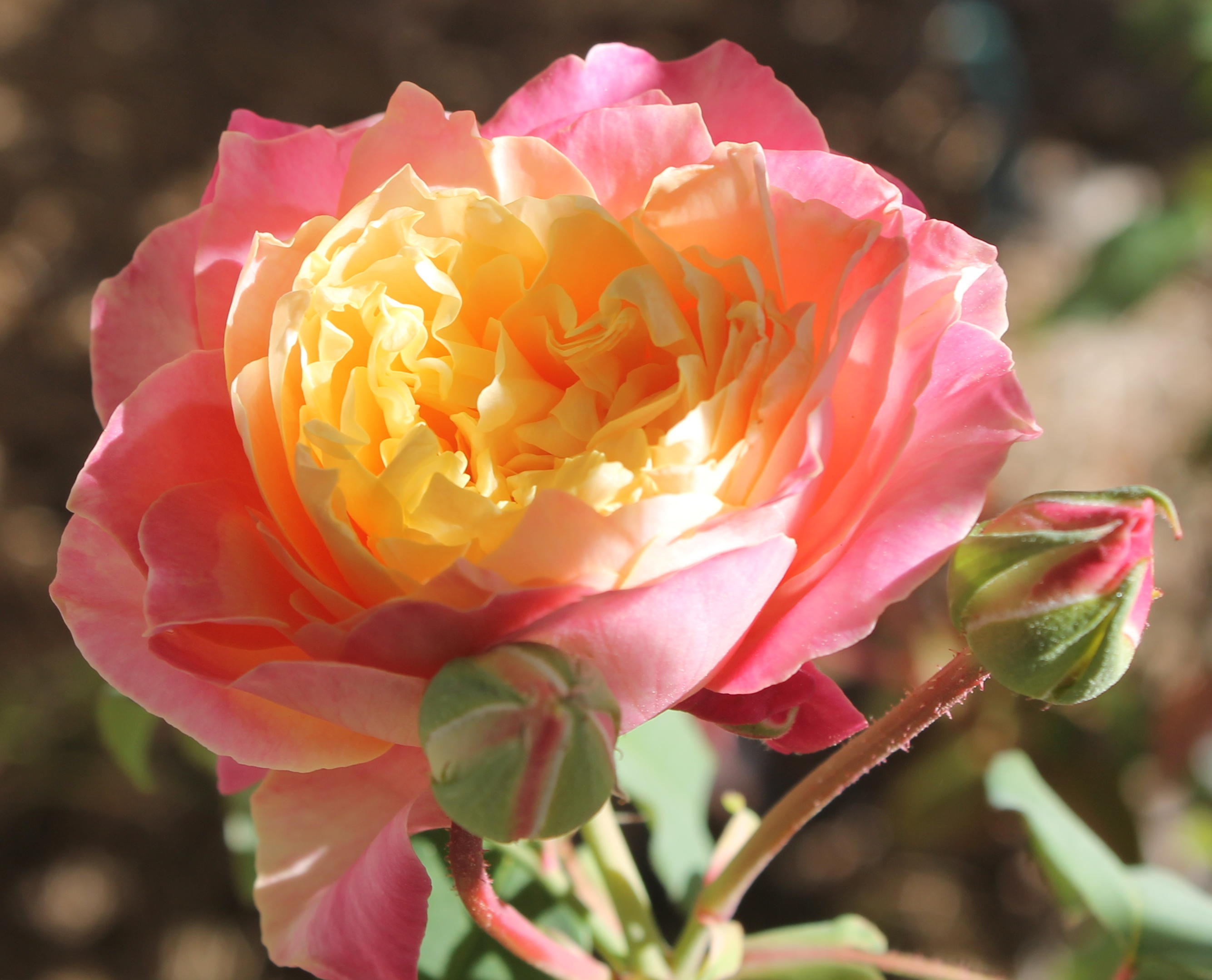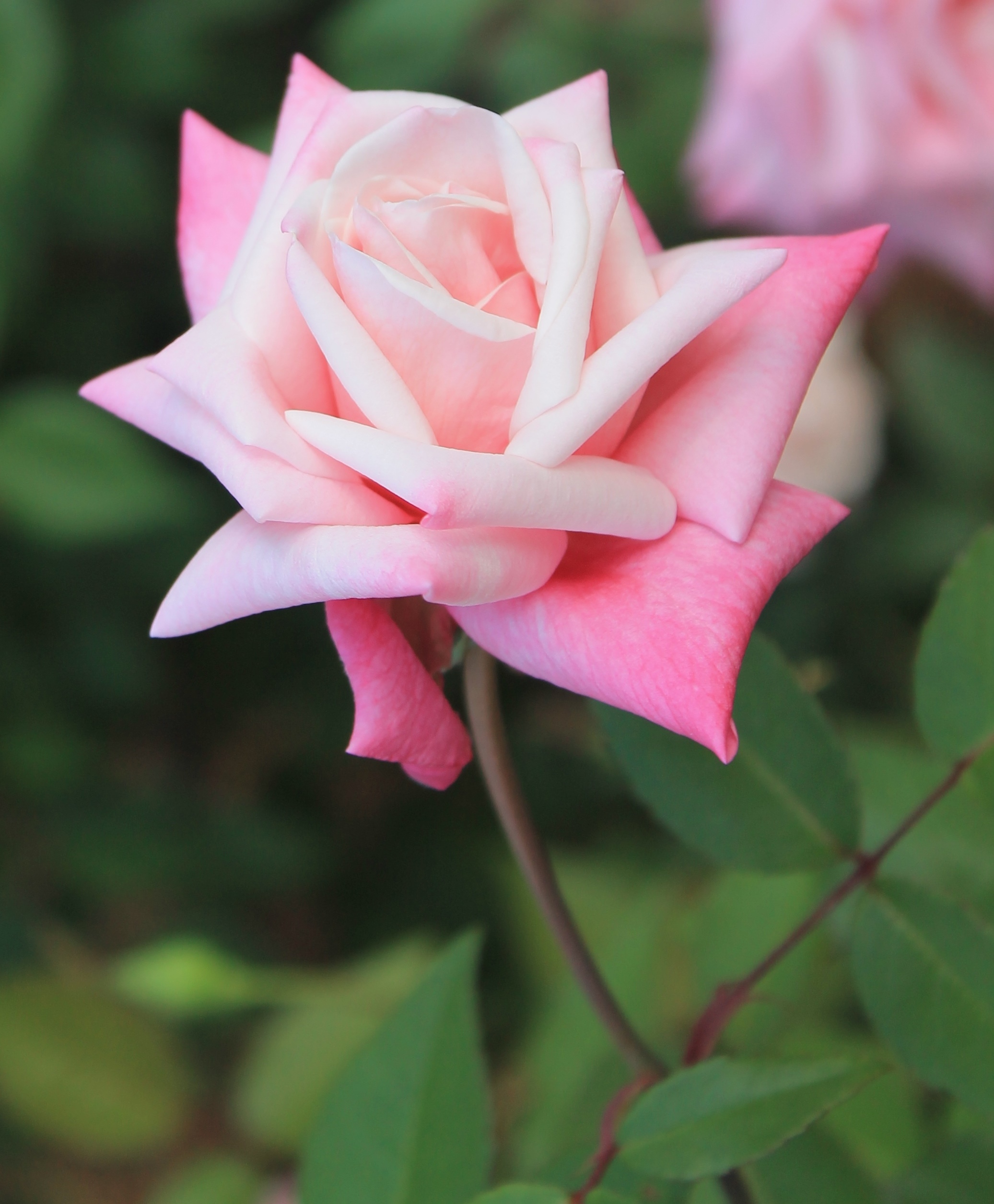
Monsieur Tillier – Tea rose from the late 1800s. A good choice where a large, free-flowering shrub is needed – Image Credit Matthew Orwat
Home Gardeners, when they think of roses, their mind inevitably turns to the ‘Knockout’ rose and its offspring. That’s fine, there’s nothing wrong with ‘Knockout’ roses, it makes a great ornamental landscape plant, and it’s easy to propagate.
With all the ‘Knockout’ mania, since the early 2000s, many garden roses, that are well adapted to the Northwest Florida climate, have been left out of the home garden to a large degree.
Several roses, which were grown in Florida commonly in the last hundred years, and recommended by former University of Florida president H. H. Hume in his book “Gardening in the Lower South,” are still grown here today. To obtain these roses gardeners must look to small nurseries scattered throughout central Florida and Alabama, or order them from larger nurseries in Texas where the “Texas A&M Earthkind Rose Program” has taken off.
Below are a few examples of easy to grow roses, that are just as disease resistant as the ‘Knockout,’ but offer more variety in color and form that home gardeners might enjoy as much as or more than ‘Knockout’. They have been grown successfully throughout southern Texas for over 30 years, and at the Washington County Extension Office for the past seven years without spraying fungicides or insecticides. Several of these cultivars were also involved in a 3-year rose trial at the UF/IFAS North Florida Research and Education Center, in Quincy.
One caveat I have regarding these roses is that disease resistance is lessened when irrigated with overhead irrigation. Even the most disease resistant roses will develop issues if leaves are constantly left wet.

Belinda’s Dream makes a moderately sized shrub and produces large flowers, especially in the spring and fall. Image Credit – Matthew Orwat
‘Belinda’s Dream’
‘Belinda’s Dream‘ was bred by Texas A&M Professor Robert Basye in 1988, as a culmination of years of intense breeding and selection for disease resistant landscape and cut flower roses. It makes a 4-5 foot shrub that grows about 3 feet wide. Apple-green foliage clothe its pleasing shrub form. It’s free flowering but not overly vigorous, so it’s easy to keep in bounds. Disease resistance is high, there’s rarely any blackspot of note, under no-spray conditions, and only slight powdery mildew in a few years when conditions are favorable for fungus development.
In cool spring or fall conditions, the clear pink flowers can top six inches in diameter, and contain over 200 petals, but regular hot conditions during the summer usually reduce flower size to four inches. This rose loves to be part of mass plantings, particularly when planted 3 feet apart in a triangular formation. It has a reputation as being moderately easy to propagate.

Rosette Delizy is very colorful and disease resistant. A great addition where a spot of color is needed – Image Credit Matthew Orwat
‘Rosette Delizy’
‘Rosette Delizy‘ is a French Tea rose that was introduced to the U.S. nursery trade in the mid-1920s. Since it was bred before the days of modern fungicides, it sports excellent resistance to disease. It shows no powdery mildew, and only the occasional leaf with blackspot under no-spray conditions.
This is strictly a rose for the coastal south, since it does not like cold temperatures, and cannot thrive north of zone 7b without protection.
Color is striking, opening yellow with petal edges changing to pink as the flowers age. Cooler weather brings out deeper russet and maroon tones. It has a light “tea” fragrance. This mannerly shrub gets 4-5 feet tall and 3-4 feet wide. It requires very light pruning, and can actually be killed from heavy-handed gardeners with shears in hand. Minor flaws noted in this rose are that it is somewhat sparsely foliated, and somewhat difficult to propagate.

Madame Antoine Mari – The perfect buttonhole rose produces flowers with delicate, soft colors perfect for arranging. This rose is a mannerly grower suitable for smaller landscapes. Image Credit Matthew Orwat
‘Madame Antoine Mari’
‘Madame Antione Mari’, a Tea rose, was introduced in 1900 when the buttonhole rose was all the rage. Massive quantities of perfectly formed delicate buds of pink and ivory quickly open into 3 inch flowers that decorate the bush like butterflies fluttering in the wind. Re-bloom is fast. Additional interest in the landscape is created by the deep red color of new foliage.
This makes a mannerly shrub for the small landscape, easily kept at 3-4 feet tall, and 5-6 feet wide by light pruning. Disease resistance is above average in a no-spray garden, with very low blackspot infection rates, and only occasional powdery mildew. This rose has been found to be easily propagated with the author reaching near 100% success rate.
‘Mrs. B. R. Cant’
No mention of easy to grow roses is complete without the mention of ‘Mrs. B. R. Cant’. In the trials UF/IFAS horticulturists performed at Quincy and Plant City, this variety was rated the best performer. It has been in continuous cultivation since 1901, and is often found at old home sites and gardens in Washington County.
This makes a large garden rose, easily topping 8 feet in height, and just as wide. Deep pink flowers are borne profusely from March to first frost. Disease resistance is outstanding, and it’s easy to propagate. Plants are densely clothed in medium green leaves. This rose is often grown in hedges as a substitute for a fence. One of the best all-around garden roses for the gulf south.
Nursery Availability
I provide presentations at workshops on these roses multiple times a year, throughout the Florida Panhandle. The recurring question I get is, “Where are these roses available locally?” Hopefully this article will inspire some local gardeners to try these easy to grow roses, and others, since these are just a few of the roses available that do very well in North Florida under no spray conditions. If you are interested in more information, contact, Matthew Orwat at UF/IFAS Extension Washington County.
- Woodland Pinkroot Adds Vibrant Color to Spring Landscapes - April 27, 2023
- Easy Care Roses for the Gulf South - April 20, 2023
- Herb Gardening: When Oregano is Flavorless - March 9, 2023

